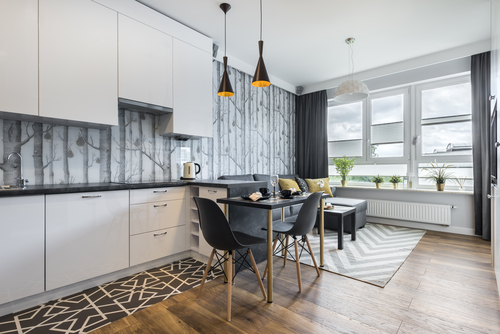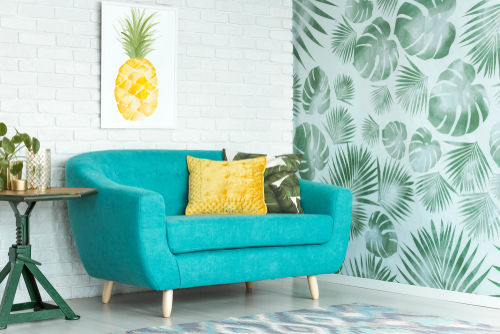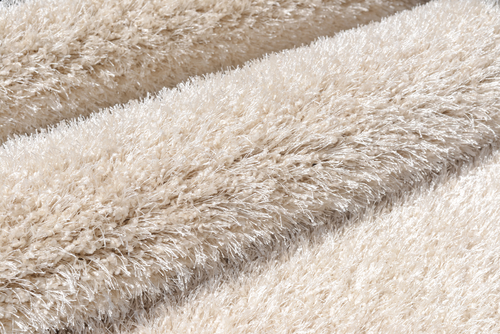
What Are The Pros And Cons Of Having Curtains In Your Home?
January 12, 2022
A Comprehensive Guide to Curtains Vs Blinds: Which Is Better?
March 7, 2022Will Humidity in Home Damage My Wallpaper?

Will Humidity in Home Damage My Wallpaper? Wallpaper consists of three layers: the paper substrate, an adhesive, and a decorative finish. Wallpaper is typically printed with water-based inks. Humidity causes the home or office wallpaper to expand and contract with changes in atmospheric moisture content.
Most damage caused by fluctuating humidity is cosmetic damage, such as wrinkling or bubbling. However, humidity in home can damage wallpaper completely if necessary precautions are not taken.
Table of Contents
Types of Paper Substrate
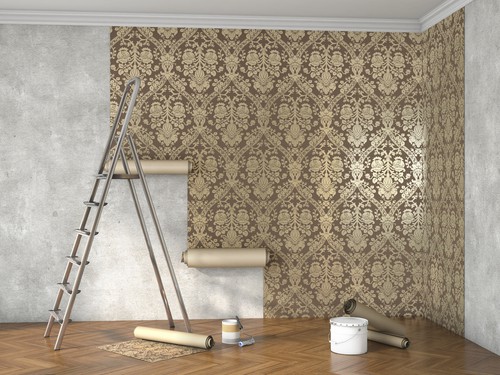
Wallpaper is available in many types of paper substrates, including:
Paper substrate makes a difference because some substrates are more sensitive to humidity changes than others. Read the manufacturer’s instructions for information about how to hang and clean the wallpaper. Water-based inks used for printing wallpaper become more soluble when they absorb water, which can cause the ink or dye to dissolve and bleed through the paper substrate.
Sources of Humidity in the Home

Excessive humidity causes paper, including wallpaper, to swell. Sources of excess moisture in the home include humid exterior air coming into the living space through open windows or doors, excessive indoor bathing or cooking activities that increase condensation on cold surfaces, and standing water due to flooding or leaking pipes.
Methods for Controlling Moisture in the Home
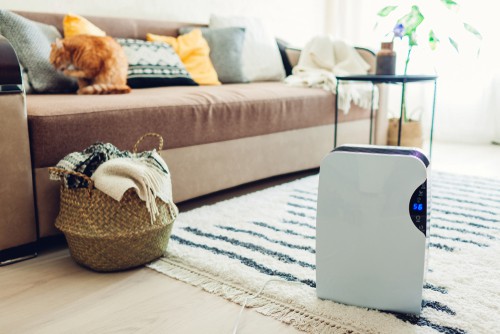
1. Ventilate Bathrooms and Kitchens
Keep bathrooms and kitchens well ventilated to remove moisture from these areas as quickly as possible. If humidity levels remain high, use a bathroom or kitchen fan, or install an exhaust fan that vents to the outside of the home. You can ventilate the bathroom by keeping doors closed when not in use, closing window coverings to reduce infiltration from exterior sources of moisture, and using a ceiling fan.
2. Reduce Air Infiltration
Reduce air infiltration by caulking or sealing around windows, doors, floors, and other penetrations through the walls. In addition to stopping humid outdoor air from infiltrating the home, you can also seal the home to keep heated interior air in.
3. Cover Pipes with insulation
Insulate exposed pipes in unheated areas of the home, such as crawl spaces or basements, or in garages if they are located under living spaces. Insulation prevents condensation on cold surfaces where it might form and increase the humidity in your home.
4. Use Portable Space Heaters Wisely
Portable space heaters are a source of excess moisture indoors because they use combustion to produce heat, which causes humidity to be released into the air. Keep portable space heater on a level surface away from anything that can burn, such as furniture or drapes. Keep at least three feet of clearance around the heater and never leave it operating when you are not present. Do not plug a space heater into an electric strip or extension cord that could overheat; instead, use a heavy-duty extension cord suitable for the size and wattage of the heater to ensure proper electrical grounding.
5. Fix Leaks
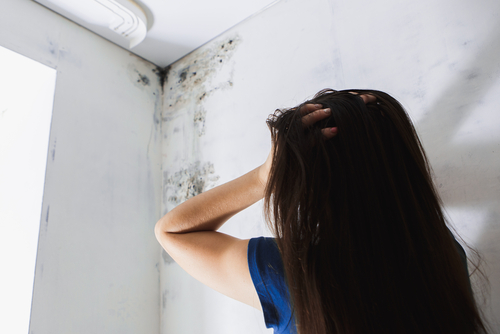
Repair any leaks in the home as soon as possible. Fix major leaks before they cause permanent damage to your home. Leaks can occur in plumbing, roofs, windows, and gutters. Searching for leaks is a job best left to a trained professional.
6. Check Foundation Drains
Check foundation drains regularly to ensure that they are clear of debris and functioning properly. Water collecting near the foundation may be coming from outside the home – you can try adding a splash block or drain tile to redirect this moisture.
7. Reduce Indoor Humidity with Dehumidifiers
A dehumidifier is the best method for decreasing indoor humidity if none of these other measures can be implemented, but it requires purchasing and installing a dehumidifier and ensuring that the drainage system for this appliance does not create a puddle in an inconvenient location.
8. Replace Damaged Wood Finishes
Replace or refinish any damaged wood finishes, which can lead to warping or buckling of the wood finish when it is damp. Excessive humidity causes the adhesive that holds wallpaper to swell and detach from the wall surface.
The following precautions help to keep wallpaper looking good for years to come.
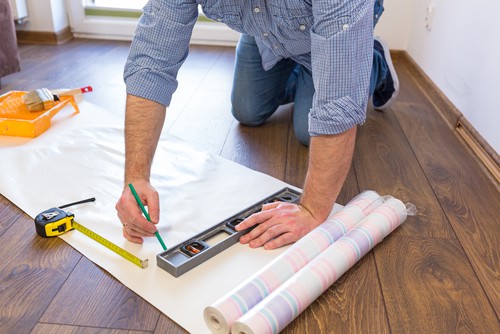
- Keep paper goods, such as towels or tissue, away from the wall surface where they might leave a mark if dropped or rubbed against the wallpaper.
- Avoid exposing walls to direct sources of heat that could cause the paper substrate, the layer of material on which the pattern is printed to shrink, bubble or curl. Heating from fireplaces and stoves can damage walls if they are allowed to get too hot, even when the surrounding area is not warm enough to cause wallpaper damage.
- Do not hang heavy pictures or other objects directly on the wall surface where they might pull away from the wall and damage the wallpaper.
- Air circulation is important because too little air movement will allow humidity to accumulate, so be sure to turn on fans after turning off the heat.
- Wallpaper should be hung by an experienced professional who takes care during wallpaper installation to avoid damaging patterns or wall surfaces.
- Do not use wallpaper paste if you are unsure of its ingredients or its ability to adhere properly because it can lead to bubbling, peeling and loss of the pattern.
- Wallpaper should not be hungover existing wallpaper because the old layer will act as insulation to prevent moisture from escaping, which can lead to damage, peeling, or bubbling in the new wallpaper.
- Before hanging wallpaper on previously-papered walls, test for adhesion by firmly pressing a single piece of scrap paper from the new roll against one area. If it sticks, proceed with hanging walls; if not, strip the old wallpaper and start again.
- Store unused rolls in a cool dry location to prevent damage or loss of adhesive on the back of the wallpaper before installation.
Will Humidity in Home Damage My Wallpaper? – Conclusion
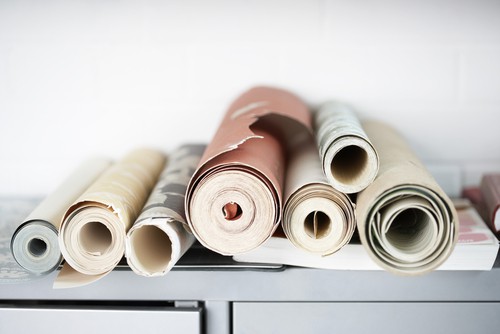
Humidity in the home can lead to a variety of problems with wallpaper, from peeling and bubbling at low levels to warping and buckling when humidity is too high. Taking measures to control indoor humidity levels will help you avoid these problems.

